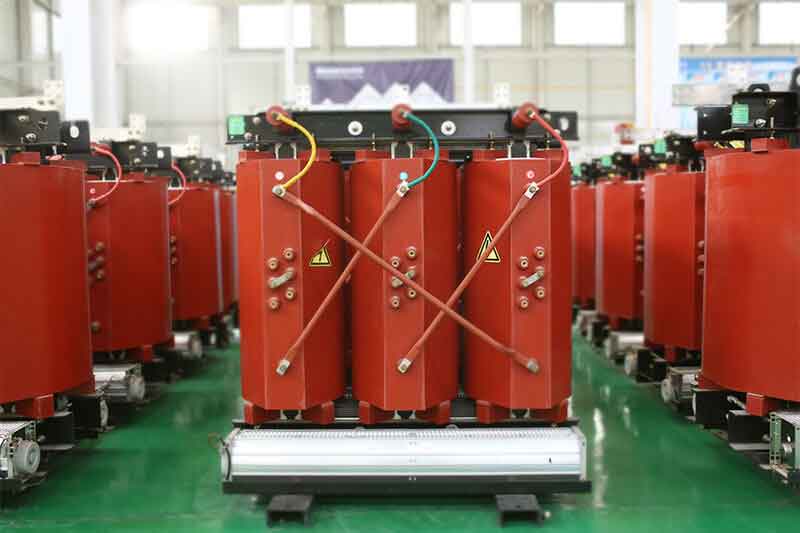How to select and test transformer
1. Check whether there is obvious abnormal phenomenon by observing the appearance of the transformer. Such as whether the coil leads are broken, desoldering, whether the insulation material has scorch marks, whether the iron core fastening screw is loose, whether the silicon steel sheet is rusted, and whether the winding coil is exposed.
2. Insulation test. Use the multimeter R × 10k block to measure the resistance between the core and the primary, the primary and the secondary, the core and the secondary, the electrostatic shield and the secondary, and the windings of the secondary. move. Otherwise, it indicates that transformer has poor insulation performance.
3. On-off detection of the coil. Set the multimeter to R × 1. In the test, if the resistance value of a winding is infinite, it means that the winding has an open circuit fault.
4. Identify the primary and secondary coils. The primary and secondary pins of transformers are generally drawn from both sides and the primary winding is usually marked with 220V, and the secondary winding is marked with rated voltage values, such as 15V, 24V, 35V, etc. These tags are used for identification.

5. Detection of no-load current.
a. Direct measurement method. Open all secondary windings and place the multimeter in the AC current block (500mA, string it into the primary winding. When the plug of the primary winding is plugged into 220V AC mains, the multimeter indicates the no-load current value. This value should not be It is greater than 10% ~ 20% of the full load current of transformer. The normal no-load current of transformers in common equipment should be about 100mA. If it exceeds too much, it means that transformer has a short-circuit fault.
b. Indirect measurement method. The secondary is still completely unloaded. Set the multimeter to AC voltage. After power-on, use two test leads to measure the voltage drop U across the resistor R, and then use Ohm’s law to calculate the no-load current I empty, that is, I empty = U / R. F? No-load voltage detection. Connect the primary of transformer to 220V mains, and then use the AC voltage of a multimeter to measure the no-load voltage values (U21, U22, U23, U24) of each winding in sequence. The allowable error range is generally: high voltage winding ≤ ± 10 %, Low voltage winding ≤ ± 5%, voltage difference between two sets of symmetrical windings with center tap should be ≤ ± 2%.
6. Generally, the low-power transformer allows temperature rise of 40 ℃ ~ 50 ℃. If the insulation material used is of good quality, the allowable temperature rise can be increased.
7, detection and identification of the same name end of each winding. When using transformers, sometimes in order to obtain the required secondary voltage, two or more secondary windings can be used in series. When using the transformer in series method, the same-named ends of the windings participating in the series must be connected correctly and no mistakes can be made. Otherwise, the transformer will not work properly.

8. Comprehensive detection and discrimination of short-circuit faults in transformers. The main symptoms after a short-circuit fault in a transformer are severe heating and abnormal secondary winding voltage. Generally, the more the inter-turn short-circuit points inside the coil, the greater the short-circuit current and the more severe the heating of the transformer. The simple method for detecting and judging whether the transformer has a short-circuit fault is to measure the no-load current (the test method has been introduced earlier). Transformers with short-circuit faults will have a no-load current value much greater than 10% of the full-load current. When the short circuit is serious, the transformer will quickly heat up within tens of seconds after no-load power-on. Touching the iron core with your hands will feel hot. At this time it can be concluded that there is a short-circuit point in transformer without measuring the no-load current.